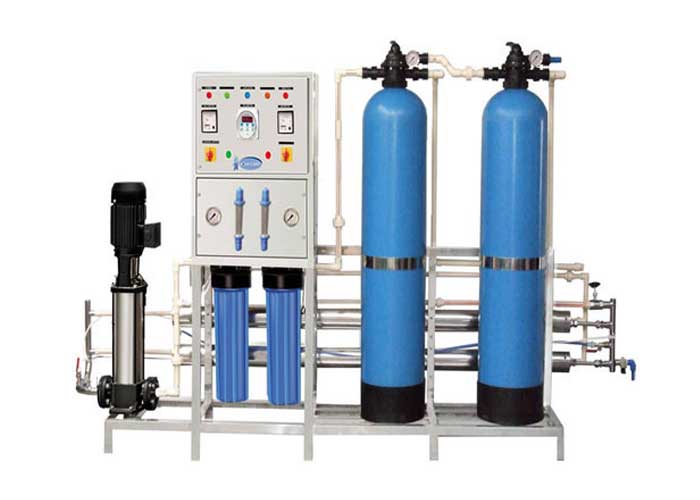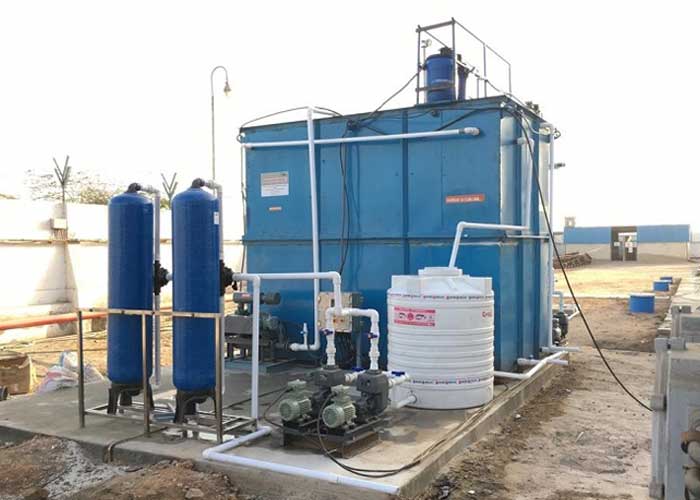There are several types of sewage treatment plants. The aerobic type is best, decomposing the sludge without emitting any harmful gases. On the other hand, Anaerobic bacteria produce toxic byproducts and are dangerous to aquatic organisms. The first tank has a screen filter mesh in an STP, which removes any non-sewage adulteration components. These components can clog the entire system.
The environment in a sewage treatment plant must be carefully controlled, as many bacteria and other microorganisms are sensitive to certain oxygen levels, pH, temperature, and nutrients. The process must be efficient enough to remove all contaminants and produce a safe sludge for human consumption and recycling. It also needs to eliminate any odors that may be in the water.
The most popular sewage treatment plant uses aerobic bacteria to decompose sludge. Anaerobic bacteria produce dangerous gasses and contaminate aquatic life. The STP also has a screen filter mesh installed on the first tank near the sewage entrance to remove non-sewage adulteration components. This mesh is required to maintain the proper flow of sewage and prevent blockages of the system.
Sewage is a mixture of organic materials and nutrients produced from human waste and agricultural runoff. These materials are broken down by bacteria, which transfer electrons from one atom to another and release energy. There are several microbial processes in sewage, and each one is unique. These can be either aerobic or anaerobic. The primary goal of a sewage treatment plant is to prevent pollution and preserve human health.
The Roles Of Sewage Treatment Plants (STP Plant).

Several important processes must occur in a sewage treatment plant to make it safe for human consumption. The environment in a sewage treatment plant must be regulated to protect the bacteria, and it must be controlled to avoid bacterial overgrowth and prevent the occurrence of diseases. Furthermore, the sludge generated from a sewage treatment plant can be recycled as fertilizer.

A sewage treatment plant treats sewage by removing dissolved organic matter. This process involves removing the sludge from the wastewater, and it is then transferred to the next stage for further treatment. The formed sludge is called secondary sludge, and the sludge is transferred to the nitrifier. The bacteria need a pH between seven and 69 to break down organic matter.
A sewage treatment plant is an effective and efficient way to reduce sludge. The process of separation aims to remove excess organic matter from the sewage. In addition to removing dissolved organic matter, a sewage treatment plant is designed to provide clean and safe wastewater. A sewage treatment plant is required to filter and treat a waste stream to ensure public health and the environment's safety.
A sewage treatment plant is a facility that treats sewage. These plants use chemical, physical, and biological processes to remove toxins and other contaminants. These chemicals and bacteria are vital to maintaining a clean and healthy water supply. A sewage treatment plant produces semi-solid waste that is environmentally safe for use. The sludge is then processed and applied to land.
A sewage treatment plant uses chemical, biological, and physical processes to remove contaminants from wastewater. A sewage treatment plant can remove pollutants from a sewer and make the water safe for humans. These plants can also be used to treat industrial sewage, and it is necessary for a healthy and sustainable environment. However, it is essential to know that wastewater can contain harmful substances that affect public health.
The environment in a sewage treatment plant must be carefully controlled. During the primary sedimentation process, a sludge treatment plant needs dissolved oxygen. In the secondary stage, oxygen is provided by pumping the wastewater. A wastewater treatment plant must be kept aerobic to prevent microbial growth. Otherwise, it cannot function properly. It must also be free of organic matter.
A sewage treatment plant is necessary to clean and treat sewage. A sewage treatment plant will break down solids, pollutants, and sludge, and STPs must be able to remove large amounts of solids and organic matter. A wastewater treatment plant should also be able to process and dispose of phosphorus, iron, and zinc. In addition to the primary and secondary stages, there are sometimes tertiary processes where the sewage will be further treated.







































Share Post